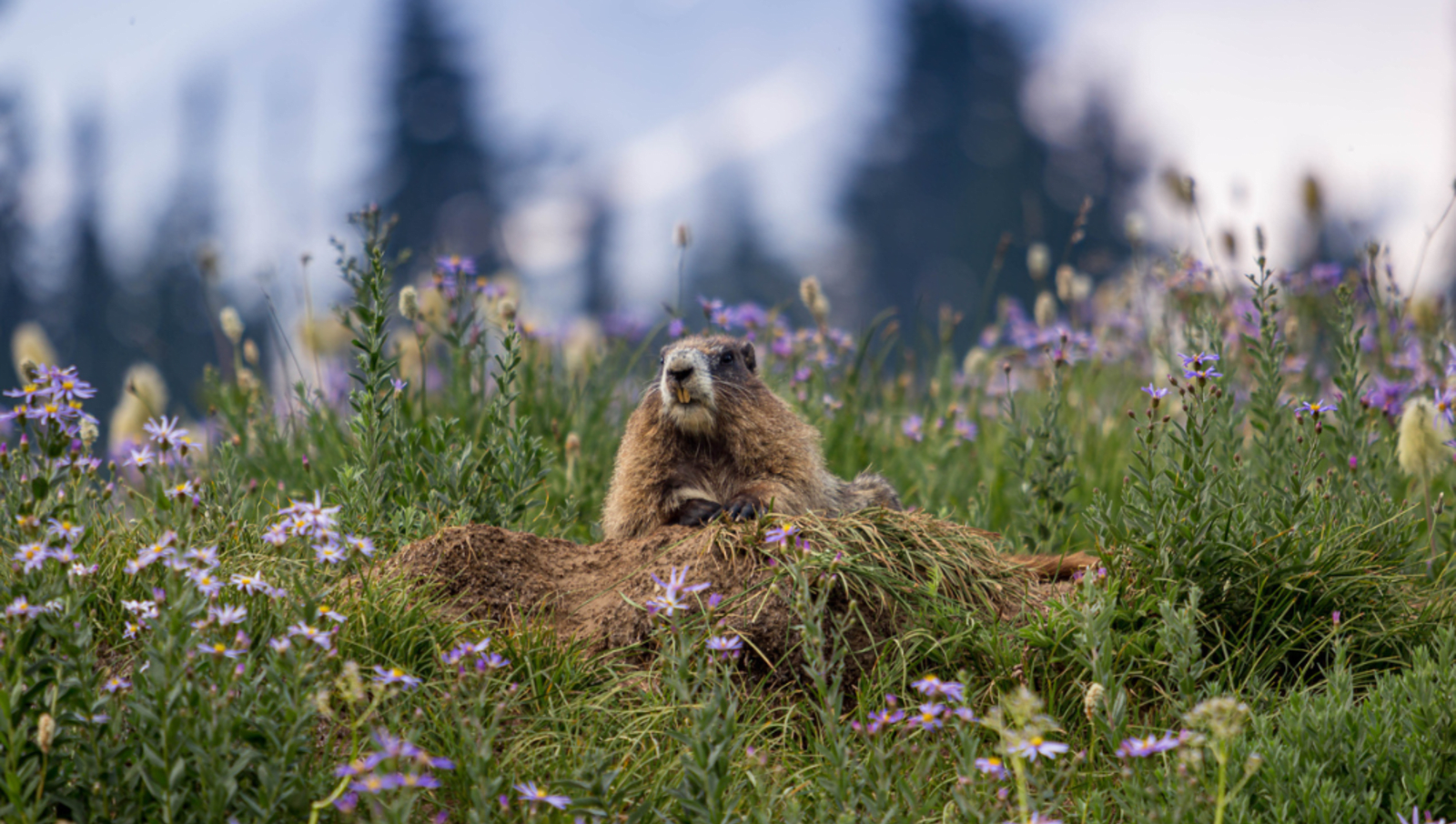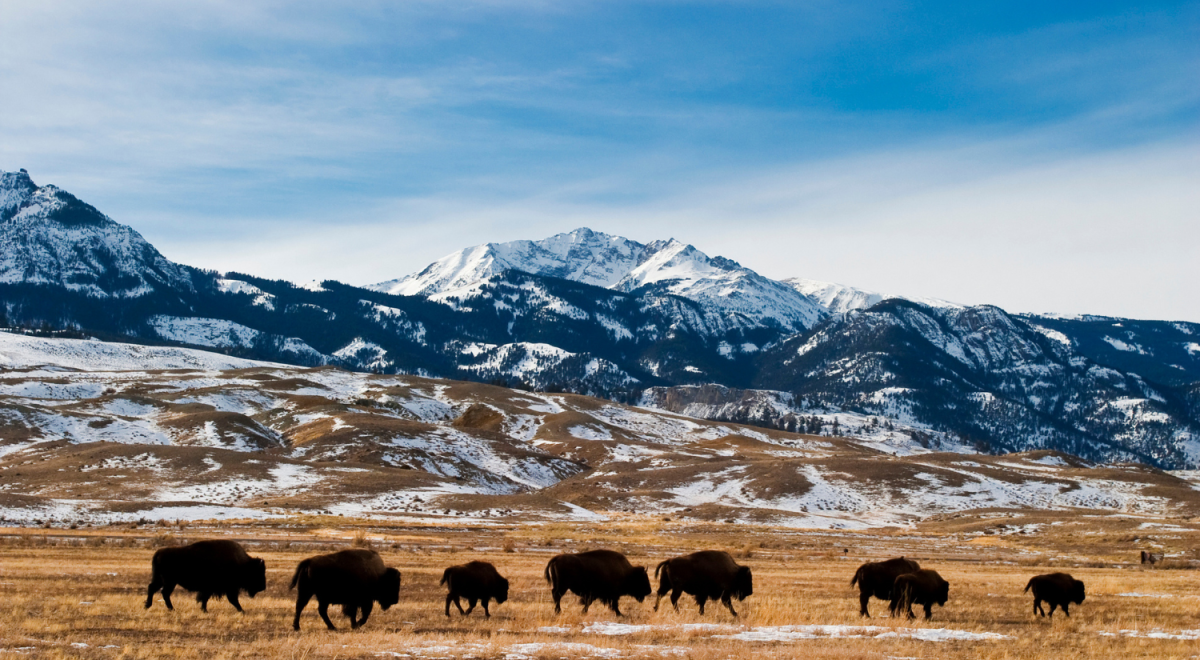Bright lights and bigger cities, fame and fortune and super-sized everything is what the United States of America is known for. But of course, it's also known that the wilderness and the animals that call it home are a huge draw card. Take a walk on the wild side with some of the creatures you could meet in the US.
Bald Eagle - Nationwide
Crowned the national symbol of the US in 1782, these incredible hunters can soar over three thousand metres high and see their prey from 1.6 kilometres away. Everything about these birds is supersized – with wing spans of up to 2.4 metres and their nests can weigh up to nine hundred kilograms. Your best bet to get your heart soaring at a glimpse of an eagle is by sticking to a large body of water, especially in Alaska where you’ll find the largest concentration in the wild.
Fun fact: Despite their name, Bald Eagles aren’t actually bald. Their name comes from the old English word ‘balde’ which means white.



American Black Bear - Nationwide
Though sometimes confused with the Grizzly Bear, Black Bears have several features to distinguish them from their more aggressive grizzly pals. Black Bears are smaller, have a straight face rather than the dished one of a grizzly and have long pointed ears compared to the short round grizzly ears. You will also see a shoulder hump on a grizzly but not a black bear, however, we don't recommend getting close enough to either type to check for differences – treat all bears with caution.
If you do want to see one in the wild (at a very safe distance) you’re in luck as they are the most common bear species in the world and thrive all across North America. Head to Shenandoah National Park in Virginia and make sure you pack your binoculars.
Fun Fact: You may think an easy way to tell the difference between Grizzlies and Black Bears would be their colour but Black Bear's coats can be blue-grey, blue-black, brown and sometimes even white AND Grizzlies can be dark brown.
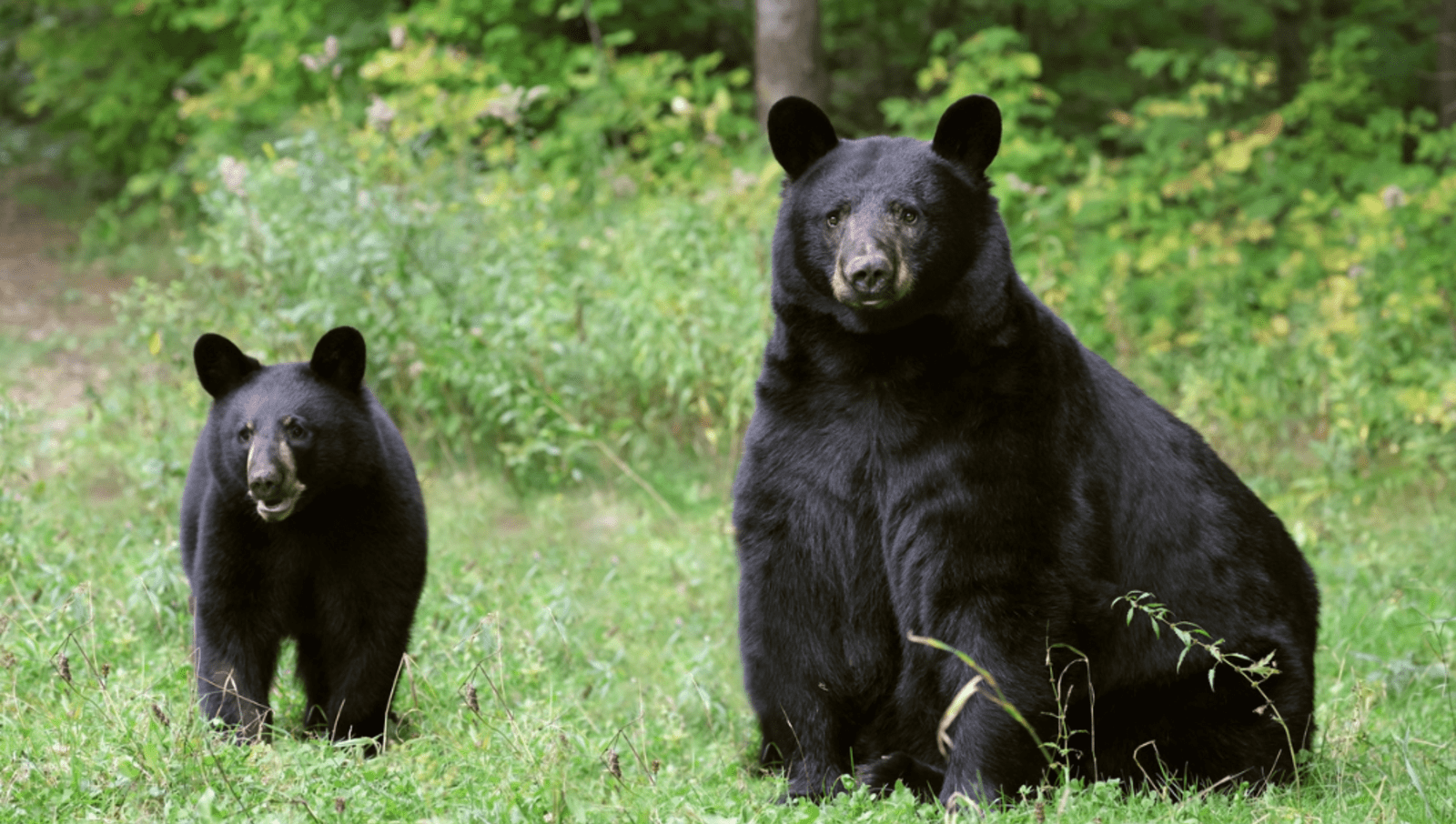


American Bison - Nationwide
Also called the Big Boi Bison (not really but they should be), this behemoth is the largest mammal in North America. Males can weigh up to five hundred kilograms, females up to four hundred and fifty kilos and can stand as tall as 1.8 metres. Again, we would not recommend approaching one but if you happen to find yourself in the company of a Bison, its tail will tell you its mood. If the tail is down and switching naturally- the bison is calm. If the tail is straight up, you better move!
While Bison can be found in all fifty states, there are close to five thousand in Yellowstone National Park alone, so it is the perfect place for a glimpse.
Fun Fact: There is no difference between a Buffalo and a Bison, they are just two different names for the same thing. The animal’s full scientific name is Bison Bison.
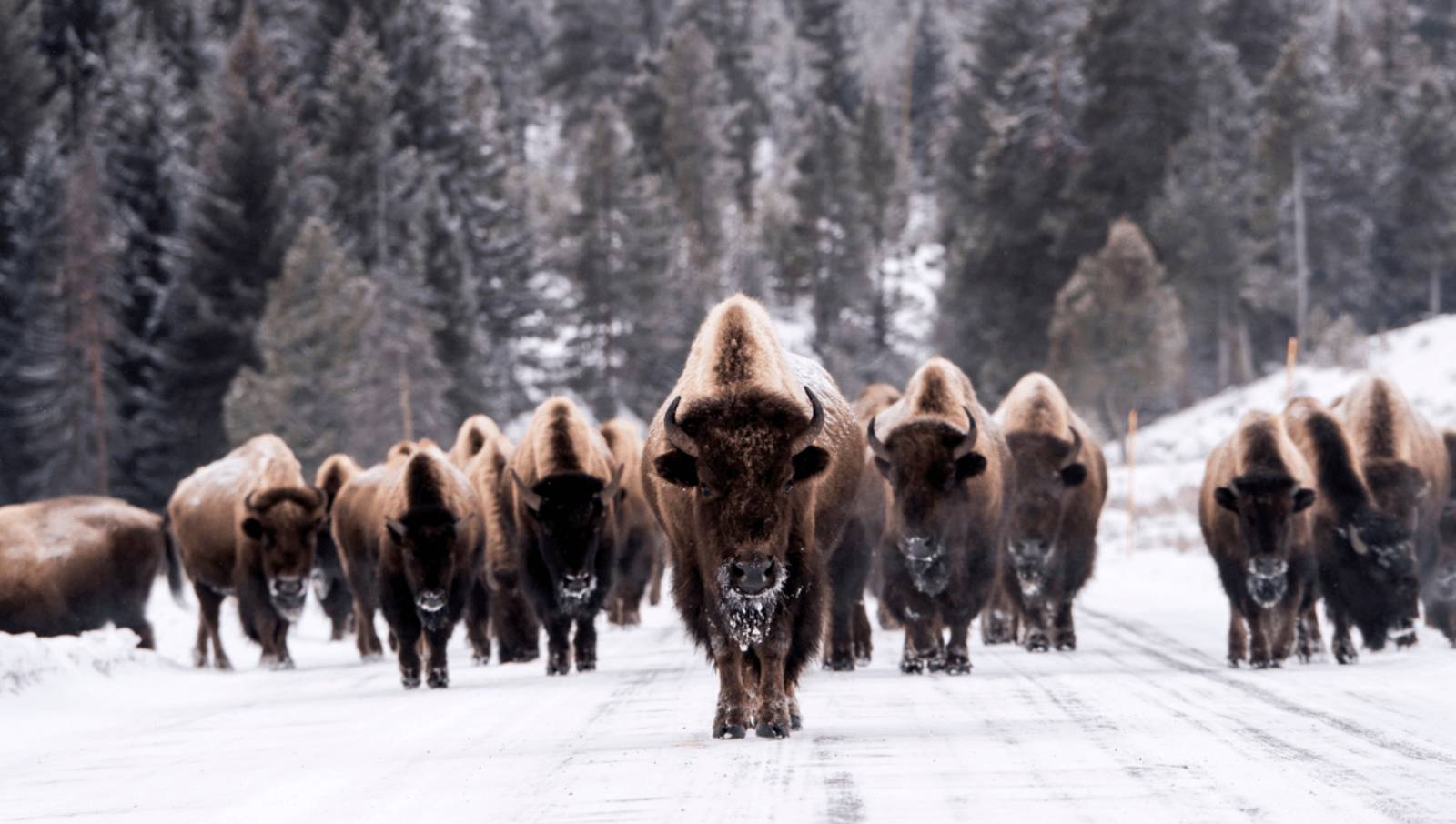


American Alligator - Southeastern US
Sadly, the Alligator nearly said "See ya later" for good, but thankfully was brought back from extinction in the 1980s. You are most likely to spot Alligators in the lakes, ponds, swamps, bayous and marshes of Florida and Louisiana. And while the song about smiling is at a crocodile, only go Alligator spotting on a licensed tour like a Florida Everglades airboat tour for safety.
Fun fact: Tough love is not a mother Alligator's style; they are very gentle mums. Nesting on the shore, they lay their eggs, guard them until they hatch and then carry the tiny hatchlings gently to the water in their mouth.



Grey Wolf - Nationwide
We've talked about big birds, big mammals and big reptiles – now we have the largest living wild canine species – the Grey wolf. Not big on alone time, Grey Wolves are usually found in a pack of seven to eight that is made up of Mum, Dad and offspring. A day in the life of the pack will comprise hunting, raising young and protecting their territory using a pack theme song in the form of a unique howl.
Variety is the spice of life, and the Grey Wolf can thrive in many habitats including tundras, woodlands, grasslands and even deserts. The highest population of wild Grey Wolves is found in Alaska.
Fun fact: It’s one thing to learn what facial expressions mean from human to human but imagine what it is like wolf to wolf. Wolves can express nine different emotions with their furry faces.



Cougar - Nationwide
Don’t play hide and seek with a Cougar, they will win! The fourth largest cat species is very good at hiding and rarely seen in the wild. Surprisingly, there are not many Cougar sightings because, other than humans, cougars are the most widely distributed land mammal in the Western Hemisphere spanning from Canada to the Southern Andes in South America. You will find the largest population of Cougars in America in the mountain ranges of Colorado.
Fun Fact: One Cougar who let himself be seen by humans more often was dubbed P-22 who lived in the Hollywood Hills for twelve years until his passing in December 2022. If he moved to Hollywood for a taste of the limelight, he sure got it and was well-loved by locals.
North American River Otter - Nationwide
Not to be confused with the much larger Sea Otter, River Otters as the name suggests can be found mostly in rivers, streams, lakes and estuaries. Like American Olympian Michael Phelps, Otters are built for swimming with a streamlined body, short legs with webbed feet, dense fur and nostrils that close underwater (Phelps luckily does not share these physical characteristics).
While you could catch a glimpse of an Otter in a lot of coastal areas of the US, Snake River in Jackson, Wyoming is one of the best places for a spot of Otter spotting.
Fun Fact: While smaller than Sea Otters, River Otters can still weigh up to 14 kilograms which is as much as some toddlers!
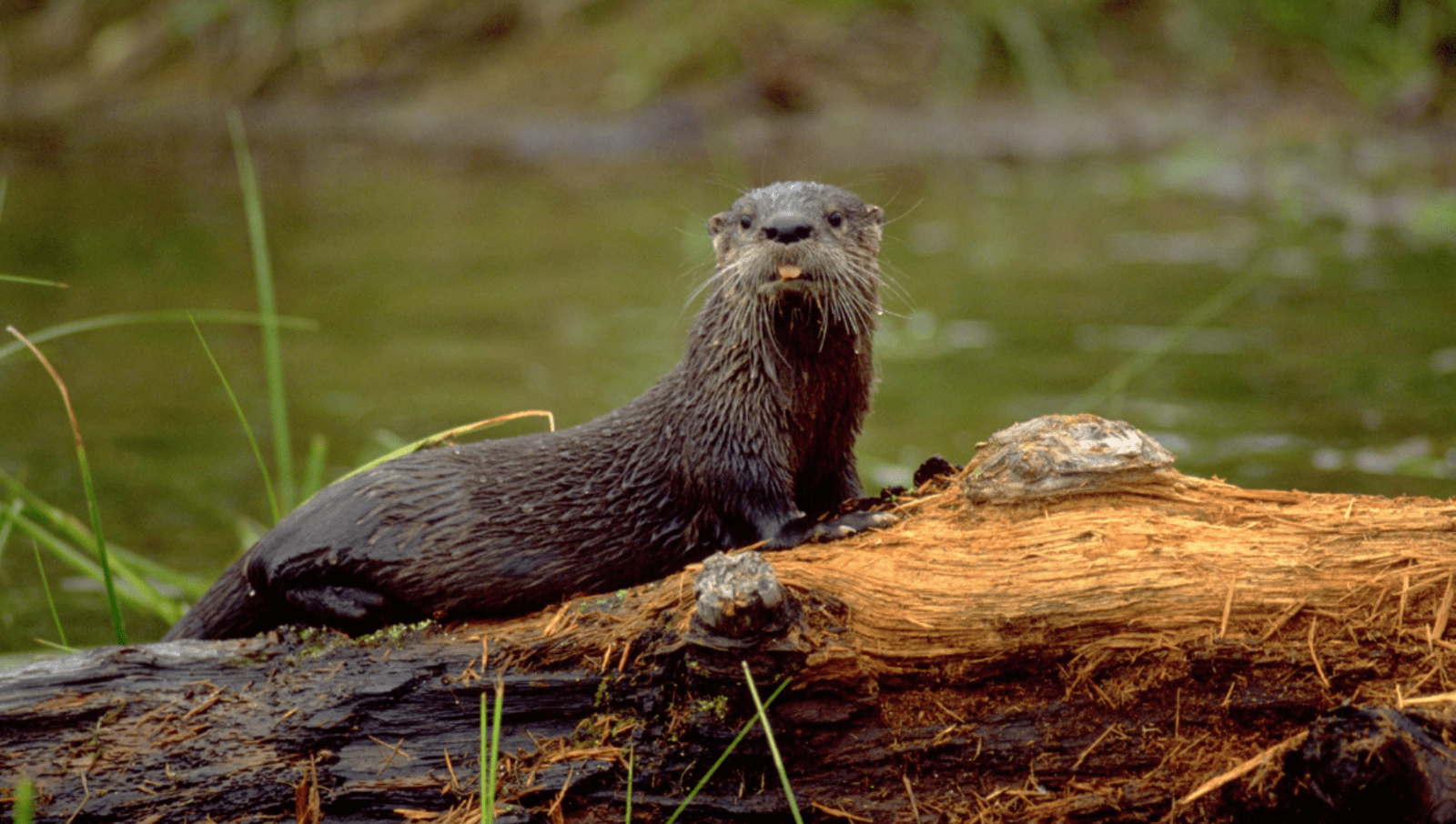


Groundhogs - Eastern to Central America
GROUNDHOG DAY! GROUNDHOG DAY! If that means nothing to you, you need to watch the 1994 classic of the same name, which is about America’s most famous Groundhog Punxsutawney Phil. According to myth, if old mate Phil leaves his den, sees his shadow and immediately retreats – winter will last for another six weeks. Phil's forecasts have only seen a thirty-nine per cent success rate, but this didn’t stop a movie being made in his honour with Phil himself as the star!
Most Groundhogs live in Eastern and Central US with some in Alaska but they spend up to six months of the year in hibernation so they might be hard to glimpse.
Fun Fact: While a typical Groundhog will live six to eight years, Phil has ALLEGEDLY been alive since 1887. APPARENTLY, his long life is due to being given a sip of ‘groundhog punch’ every summer.
